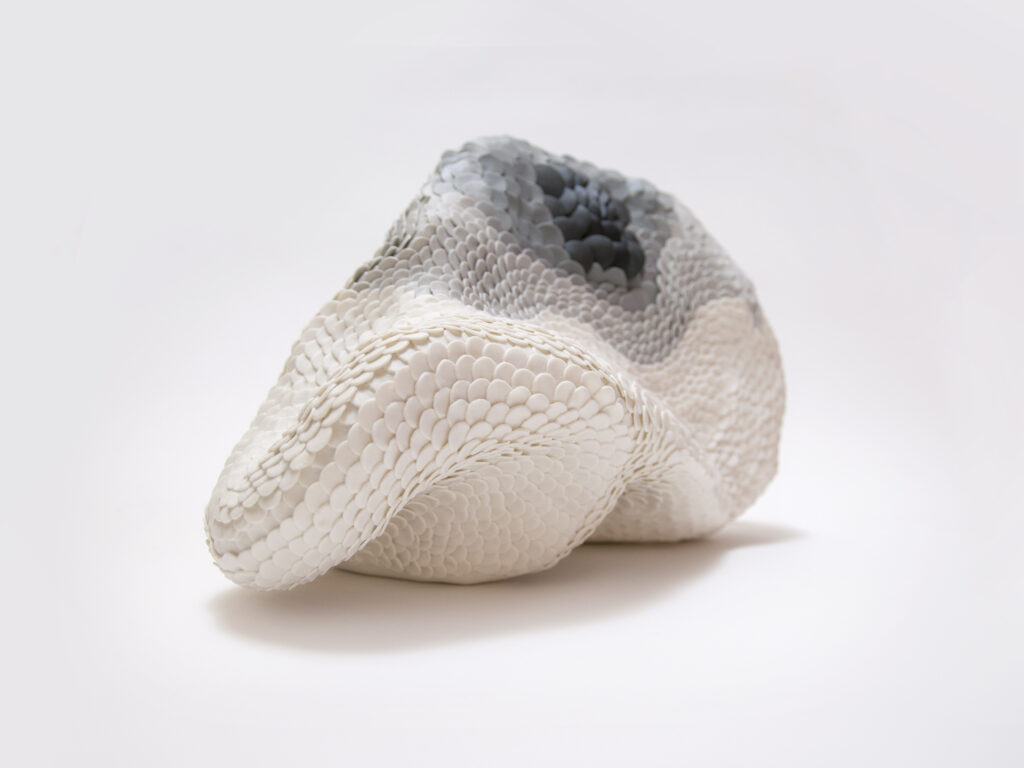September 2024, N°2
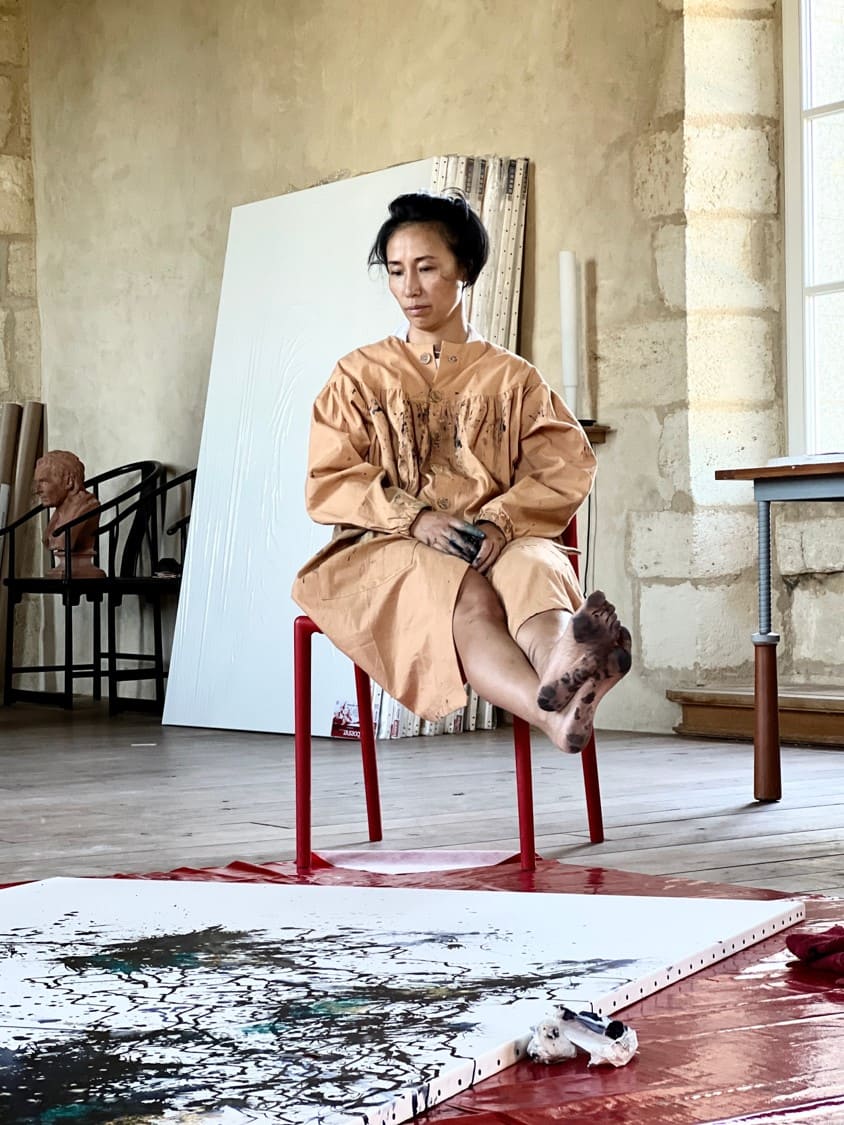
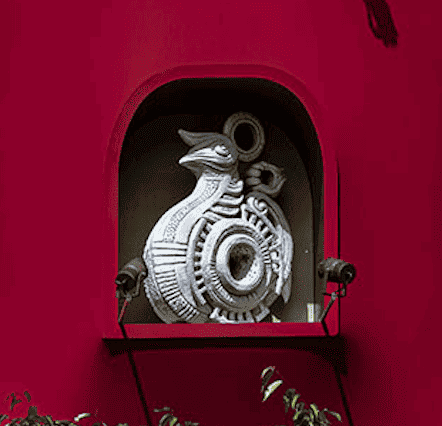
THE EDITO
In recent years, China has had a rendezvous with its history, under the growing influence of a younger generation of consumers keen to reclaim the country's arts and crafts, in both their traditional and more contemporary forms. This meeting comes almost 50 years after another cultural revolution, instigated by Mao Zedong in 1966, which aimed to rid the country of ‘four old things’: old ideas, old culture, old customs and old habits. This current cultural reappropriation movement, known as ‘Guochao’, literally ‘national wave’, encourages the Chinese to be proud of their heritage and to prefer brands that promote it, thus rehabilitating the long-pejorative ‘Made in China’ in the collective imagination and beyond its borders. This has had a significant impact on the development plans of international brands looking to prosper in the Chinese market. They can no longer expect to attract customers by exporting their own culture or know-how, and must now adopt a local accent, and a sincere one at that. Because this influential young Chinese audience cannot be satisfied with clumsy cultural appropriation. In this Franco-Chinese Year of Cultural Tourism, we wanted to sketch a few outlines of this rapidly expanding Chinese soft power.
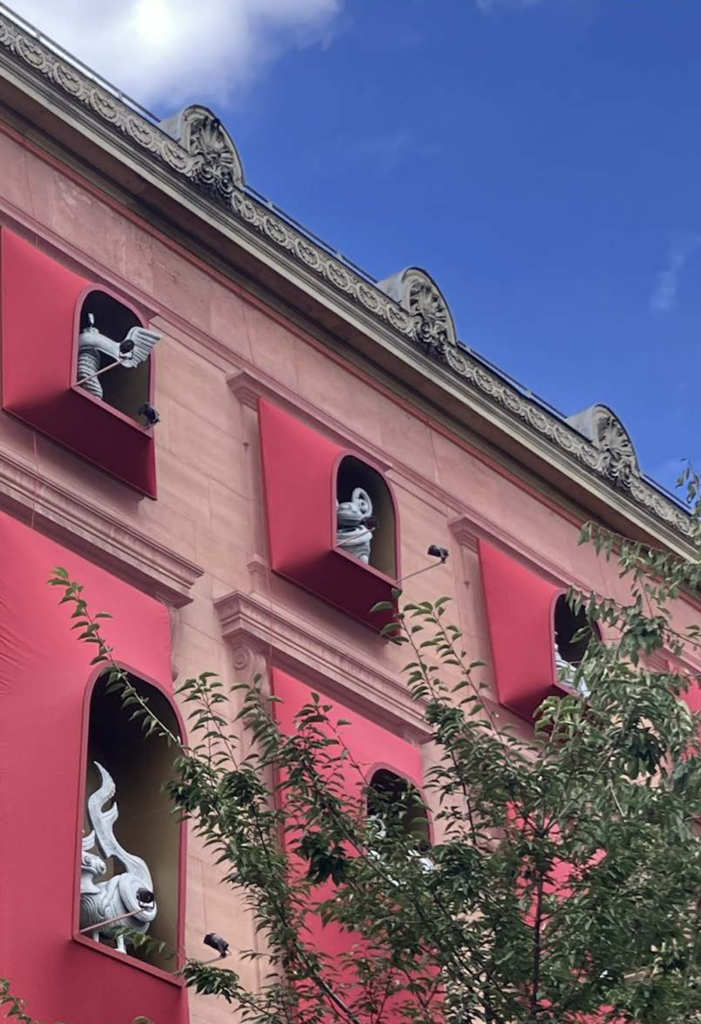
THE MUSÉE GUIMET, IN THE COLOURS OF CHINA
2024 is the year of the Franco-Chinese cultural partnership, with the aim of promoting French expertise in China for tourism and heritage purposes, and vice versa. To mark the occasion, the Musée National des Arts Asiatiques will be flying the Chinese flag from spring 2024 until the following spring for 4 key events. A remarkable retrospective of porcelain and fire colours in China between the 8th and 18th centuries, entitled ‘At the heart of colour’, has just been completed. The exhibition takes visitors on a chromatic journey, starting with white and ending with a round of subtle hues and monochrome objects. It reflects the Chinese aesthetic of formal simplicity, pure colours and the exacting skills that shaped the art of ceramics. And for those who missed it, the Musée Guimet is showing Guardians of Time, a series of monumental works by artist and designer Jiang Qiong Er, until February 2025. This contemporary and creative interpretation of a number of cultural and mythological symbols is an opportunity to drape the façade of the building on Place d'Iéna in red tulle, beckoning the eye to discover 12 mythical creatures from eternal China.
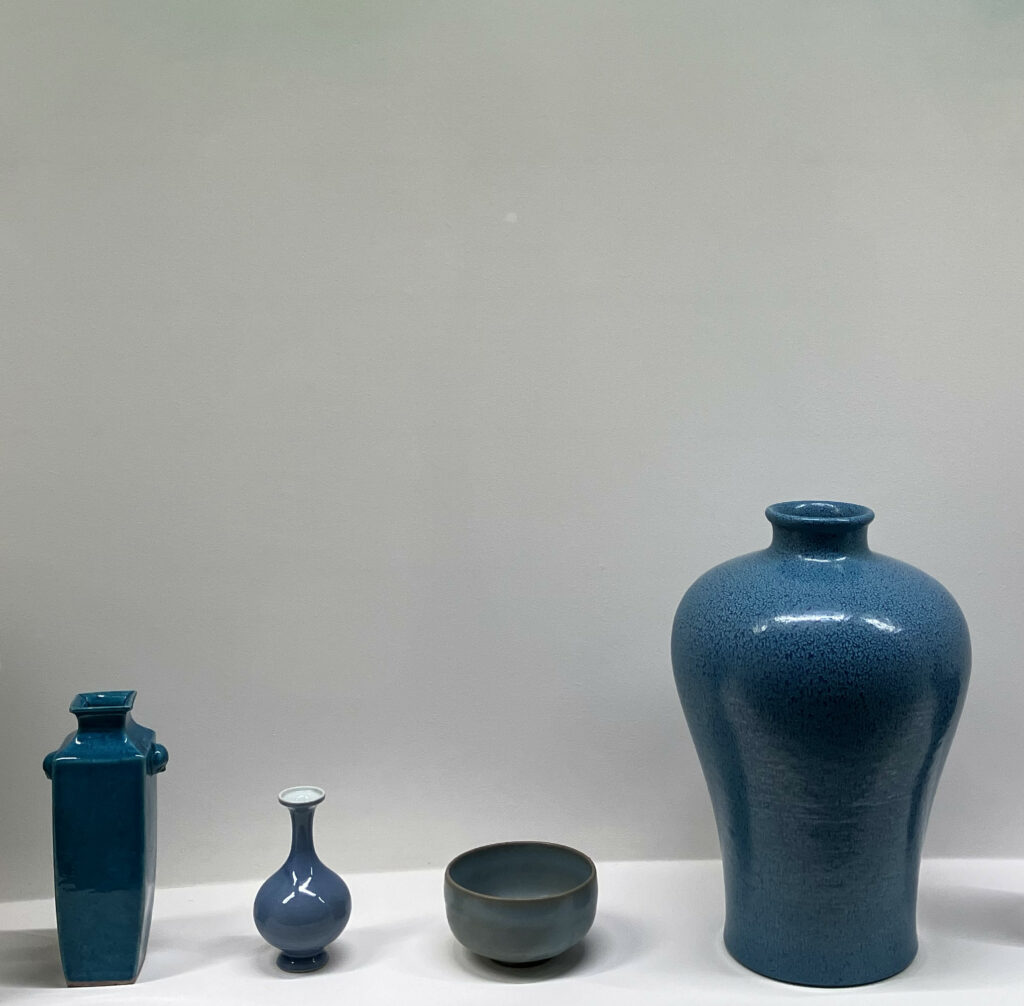
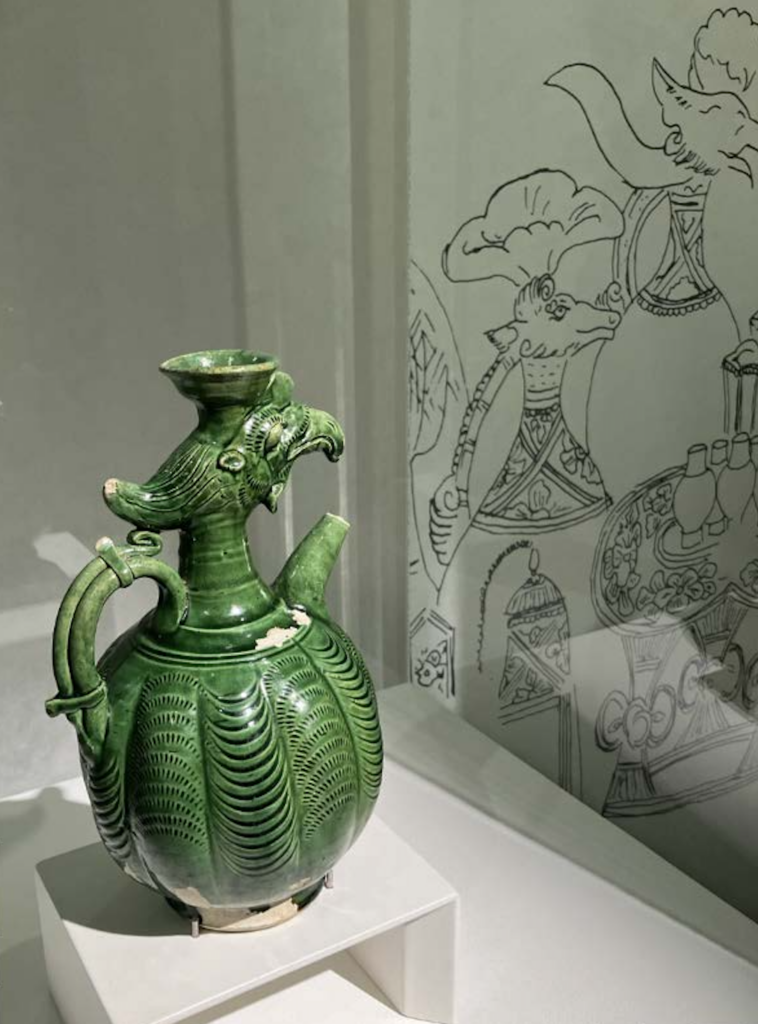
/ Exhibition ‘Au coeur de la couleur, chefs-d'oeuvre de la porcelaine monochrome chinoise (8e-18e siècle)’, at the Musée Guimet, from 12 June to 16 September 2024.

ART: A GUIDING THREAD FOR ESTABLISHING A PRESENCE IN CHINA?
By opening its eighteenth boutique in Zhengzhou in December 2023, Chanel is continuing its development in China, and doing so while also taking part in the country's cultural vitality. Last May, the brand signed a long-term partnership with Shanghai's Power Station of Art. Opened in 2011, this former power station is now the only public museum of contemporary art in the Middle Kingdom. Chanel will support the restoration of exhibition rooms and allocate a research budget to support the institution's activities. The brand is already planning to build a ‘Gabrielle Chanel’ space to house China's first public library of contemporary art. The brand has also announced that the next Métiers d'Art fashion show will be held in Hangzhou in December 2024; Chanel, more than ever on Chinese time.
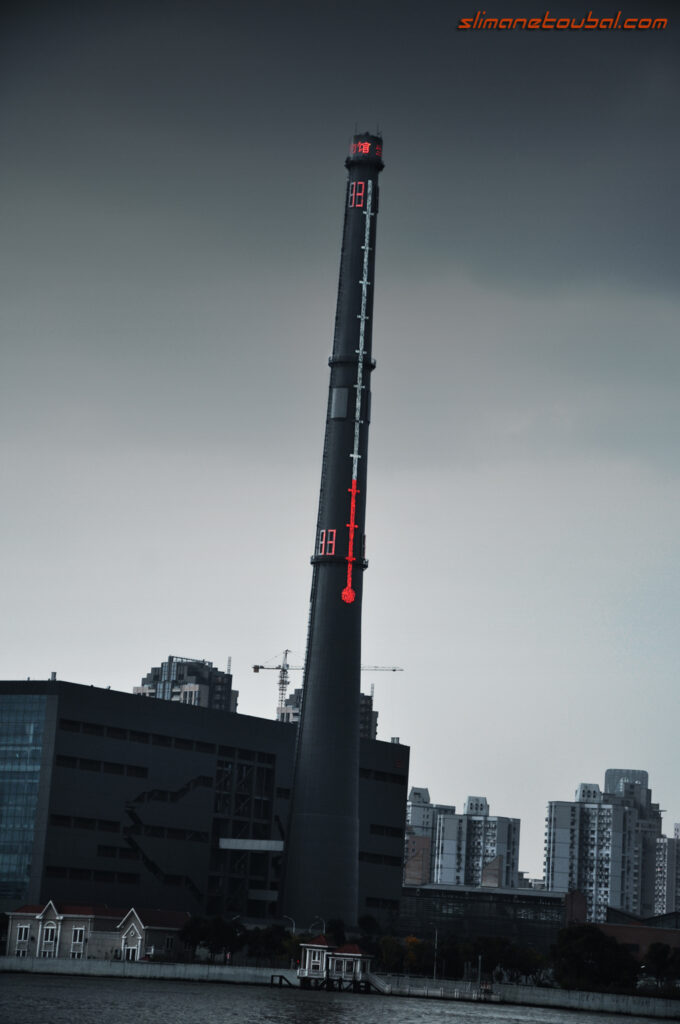
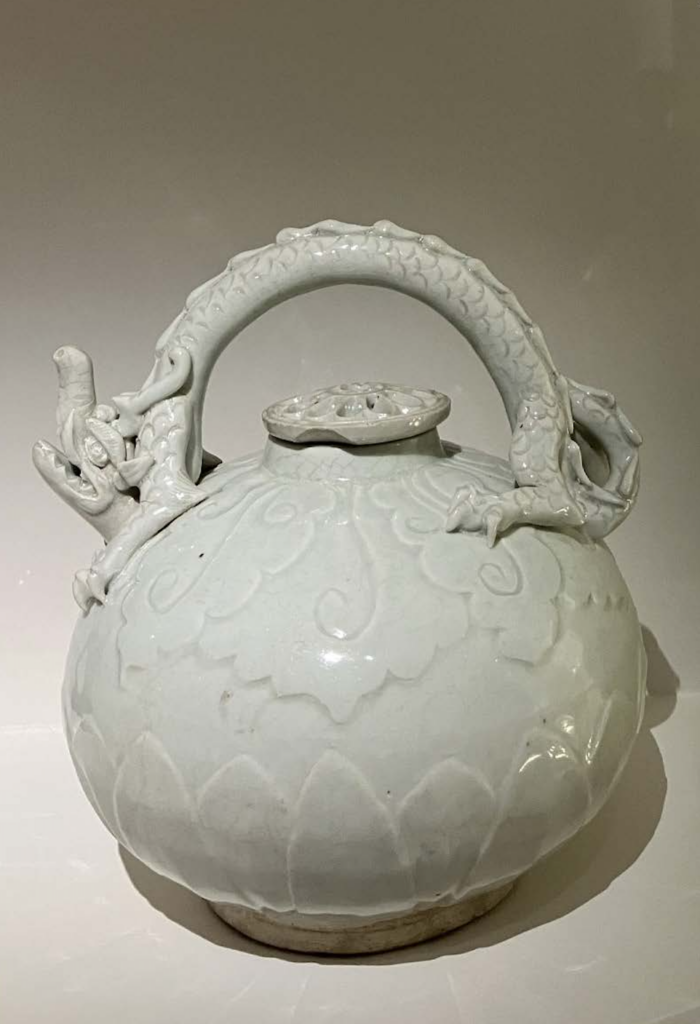
THE WHITE GOLD OF JINGDEZHEN
Exploring Chinese skills requires an escape to the misty, lush mountains of Jiangxi. This is the world capital of porcelain, Jingdezhen, whose location at the foot of a kaolin quarry enabled it to develop an infinitely delicate white ceramic, distinct from the celadon previously produced. It was under the Song and Yuan dynasties (960-1279 and 1279-1368) that the city reached its apogee; techniques were refined and the cobalt blue imported from the Middle East added an exuberance to the pieces that delighted the ruling powers. The imperial kilns moved to Jingdezhen, and the pieces produced took advantage of the proximity of the Yangtze River to be exported around the world. This demanding porcelain technique required more than 70 specialist craftsmen to produce a single piece, from the composition of the paste to the final ornamentation. To this day, ceramists maintain this heritage, and a museum has recently opened to pass on the history of this expertise and showcase a material that is said to be ‘as white as jade, as fine as paper, as shiny as a mirror and as ringing as a chime’.
LIN FANGLU OR HOW TO TIE TOGETHER TRADITION AND CONTEMPORANEITY
Bringing together contemporary art and traditional crafts is the credo of Chinese artist Lin Fanglu, winner of the Loewe Foundation Prize in 2021. After studying art and design in China, Germany and Japan, this textile artist felt the need to draw on her cultural heritage to enrich her creative process. So she set off to meet the Bai community in Yunnan province, where she discovered the ancestral technique of tie and dye: women knot and dye fabric to create motifs inspired by their customs and the surrounding nature. Nourished by this voyage of observation, Lin Fanglu then put this practice at the heart of her work, weaving poetic landscapes that she scatters with knots and embroidery, in natural or flashy colours. When fibre vibrates!
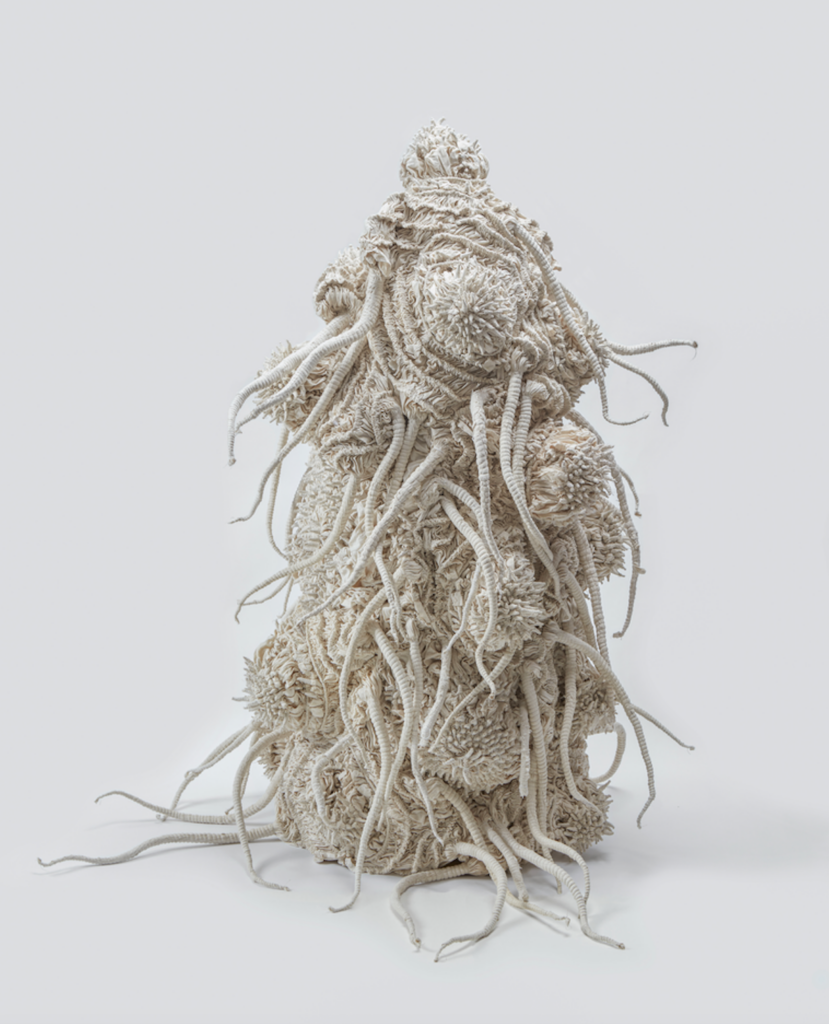
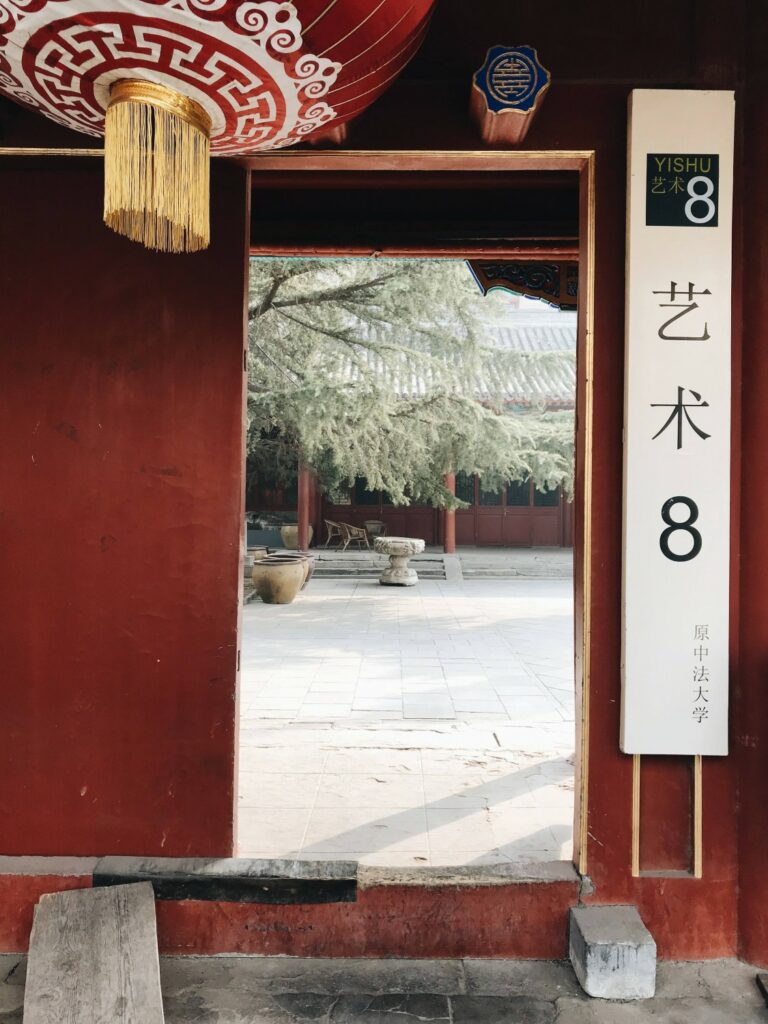
YISHU8, A BRIDGE BETWEEN TWO ART-LOVING NATIONS
After setting up Synthesis Pékin, a consultancy and training firm for international companies based in China, Christine Cayol set up the Yishu8 association in 2010, aware that China, before being a market to be taken by storm, is first and foremost a culture that is complex to grasp and requires a few keys to decode. To this end, Yishu8 organises residencies for young artists in Beijing and Paris, resulting in the production of resolutely bicultural works. A number of major brands have been won over by the initiative, seeing it as an opportunity to get involved in exploring Chinese culture: Boucheron is currently sponsoring the Yishu8 France prize, while Guerlain is sponsoring its Chinese counterpart. Hennessy, for its part, is inviting the Chinese prize-winners to live in Paris and Cognac to create a work that reflects its expertise in spirits.
RÉVÉLATIONS FOR THE FIRST TIME IN CHINA!
After 6 editions held in Paris since its launch in 2013, the Biennale internationale des métiers d'art et de la création is moving beyond our borders. At the National Agricultural Exhibition Centre in Beijing from 19 to 23 September, as part of Beijing Design Week 2024, the public will be able to discover the promising talents of contemporary fine art. Révélations Chine positions the Chinese capital as the driving force behind the contemporary decorative arts and design market in Asia. Alternating with the Paris edition, it is intended as a crossroads for exchanges and meetings between collectors, lovers of exceptional objects, art directors, architects, interior designers, gallery owners, foundations, art dealers, institutions and others. Stay tuned.
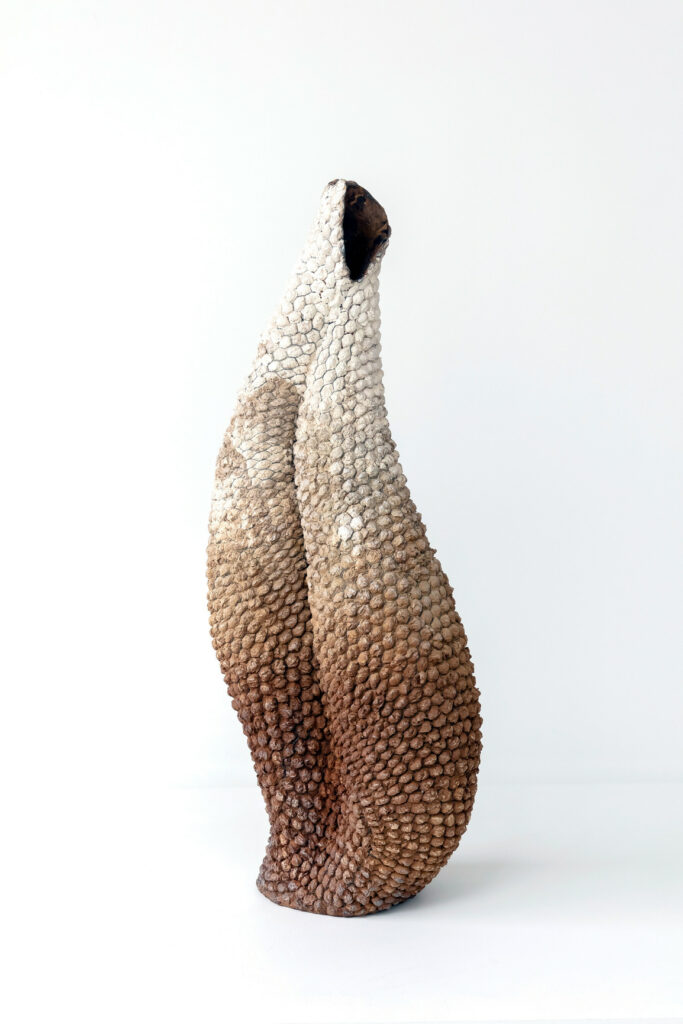
INTERVIEW
with Qi Hui Huang
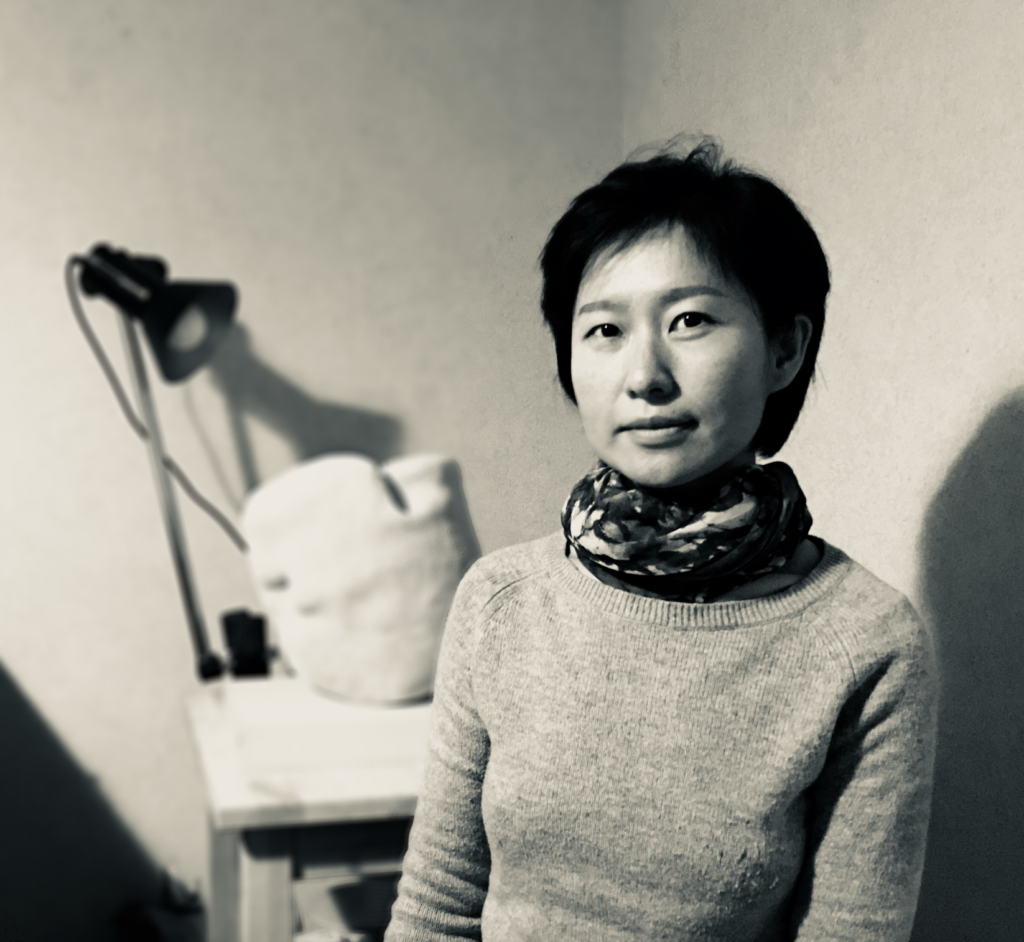
She came to her art as one returns to the sources of her culture. Qi Hui Huang is a Chinese ceramist who, surprisingly, discovered this age-old Chinese practice when she moved to the land of the great manufactures of Sèvres and Limoges; as if this art craft were the link between her culture of origin and her culture of adoption. Qi Hui Huang explores the beauty of dragon clouds set against tiny mountains, the figures of learned monkeys intersecting with those of free leopards - all cultural themes that build bridges between Chinese aesthetics and the beautiful French form, questioning what interculturality can be.
C.P.: Hello Qi Hui Huang, could you tell us a little about your background?
Q.H: I came to France at the age of 22. I was studying at the Canton Academy of Fine Arts, but I dropped out in my second year—somewhat on a whim. But also because I was searching for freedom of expression. And then, the fantasy surrounding a nation of the arts played its part. When I arrived, I enrolled in an art and design school in Reims, specializing in graphic design and visual arts. After completing my studies, I was able to join a digital agency, Duke Interactive, where I worked as an art director for luxury brands such as Roederer and Van Cleef & Arpels.
C.P.: How did your transition to ceramics come about?
Q.H.: I've always been drawn to materials and volumes. At my agency, I had the chance to set up a small workshop to create project mock-ups in volume, and over time, I felt the desire to find my own language and explore certain themes more deeply. That doesn’t really align with the creative process in an agency, where you move quickly from one project to the next. I wanted to slow down and dig in. So I trained in ceramics at the Duperré School for a year, through an intensive continuing education program. Still, ceramics requires a lot of personal research to truly find your own path.
C.P.: Ceramics is an art craft with a long tradition in China, isn’t it?
Q.H.: It’s true that, subconsciously, all of this traditional popular art—lacquer, paper, bamboo, and ceramics—has inspired and nourished me. Ceramics, with its dimensions, its diverse execution possibilities, its formal and technical demands, is an infinite field of exploration. You can create raw art or something much more refined. I also love the very lively yet unpredictable nature of clay, which I’m giving more and more space to. In the modeling phase, I define a shape but don’t fully constrain the material. I also work with its "reactions."
C.P.: Can you tell us about your work and creative research?
Q.H.: The first project I worked on is called "Compagnons" and consists of two universes: clouds and mountains, which in Chinese culture exist both in opposition and in complementarity, somewhat like yin and yang. I like to work in pairs or duos of elements. I explore the identity of each but also their relationship of balance. This last point reflects a very Chinese way of thinking. The cloud evokes freedom of expression, as well as the way it is produced. The mountain, achieved through molding, represents something more constrained, repetitive. It’s the opposite, both in terms of the creative process and dimensions: my clouds are immense, my mountains are tiny; yet, these two elements are connected and converse with each other. Following this project, I continued exploring the theme of the Dragon Cloud, consisting of three pieces, for which I received first prize at the Triennale Ceramic Art Andenne in Belgium. This work, part cloud, part dragon, is a hybridization of two very powerful elements in our culture. I now tend to work with structures that are hollowed out, which gives them great delicacy, carrying the idea of lightness and fluidity. In both modeling and glazing, I try to maintain freedom and embrace the uncertainty of the outcomes. It’s in the kiln, at 1200 degrees, that everything comes to life, with an element of the unknown.
C.P.: The influence of your Chinese roots is evident in your work. How has French culture infused your creation?
Q.H.: It’s not very clear yet for me, but I am starting to understand it. What immediately stands out is the difference in philosophy between the two cultures. Here in France, we question and give a lot of space to the ego, whereas Chinese culture focuses more on relationships and balance between things. For example, we wouldn’t approach the reality of black and white as distinct entities. We would inquire about what connects them, or what distinguishes them, their dynamics. Chinese culture is very much about transcendence, about beauty as an absolute, while French culture is more focused on the moment, the present, the self, in my experience. However, there is a shared sensitivity, an aspiration to poetry and philosophy as well. France, to me, is a country of expression, both of ideas and feelings, driven by a thirst for exchange and dialogue, and rooted in a certain rigor and methodology that I apply in my work. This back-and-forth between these two cultures is probably the origin of my next project, which will juxtapose two animal figures, the monkey and the leopard, seen quite oppositely in France and China. That’s why I want to frame this work in a dynamic of duo-duality. The monkey, in the imagination of a European, isn’t viewed very positively, whereas it’s highly valued in China or the East. The leopard, a symbol of power, speed, and beauty here, isn’t seen in the same way in Asia.
C.P.: To conclude, Caractères Paris was wondering what you think of the Guochao cultural reappropriation movement, which is gaining momentum in China, driven by a certain youth generation?
Q.H.: I’m in France, but I can feel this trend. Over the past 10 years, we’ve been hearing about the new Silk Road in China, and there is this desire to highlight our culture. A concept has emerged, that of "intangible cultural heritage," which is especially circulating in the world of craftsmanship. For paper, lacquer, bamboo, or even tea, we have experts in all regions of China who are dedicated to preserving these ancient skills and making them known. But also to give them a new life and a more contemporary expression. For now, it’s still a bit timid; we are still very much focused on tradition. Creativity and the artistic dimension still need to assert themselves.
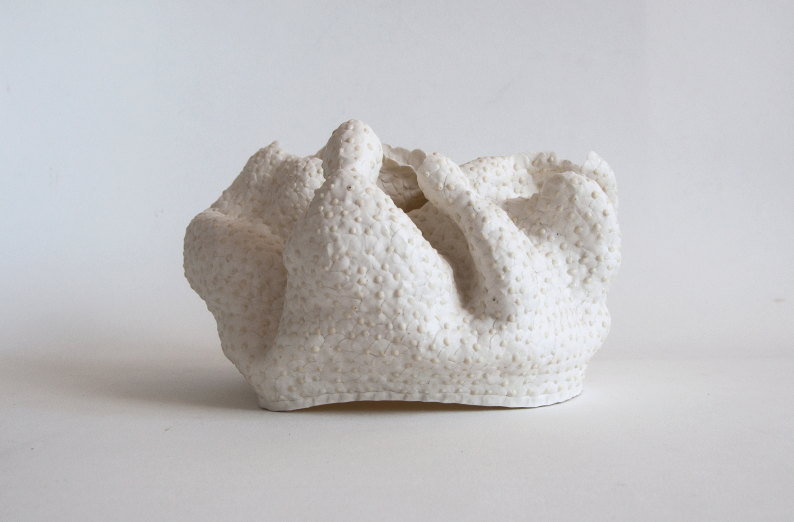
/ « Nuage Dragon II », Qi Hui Huang, ceramics
/ « Nuage blanc », Qi Hui Huang, ceramics
